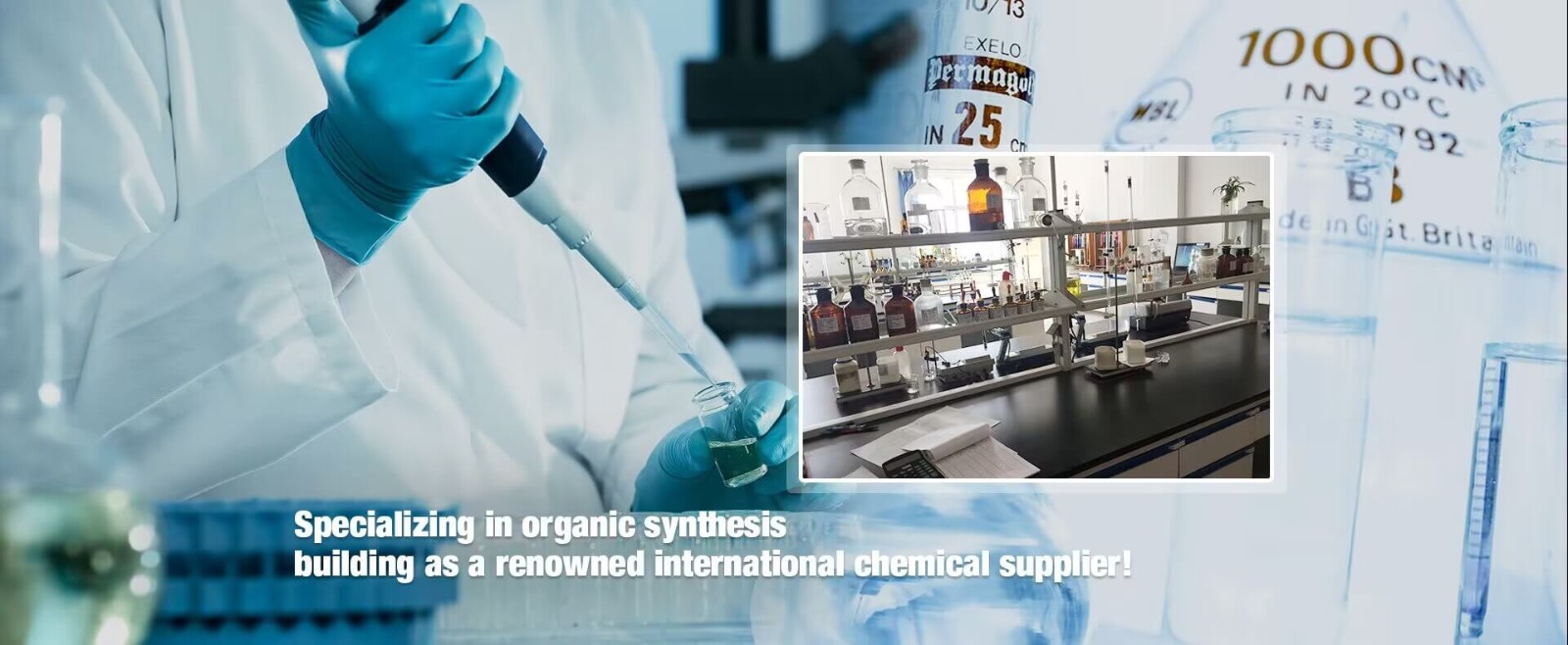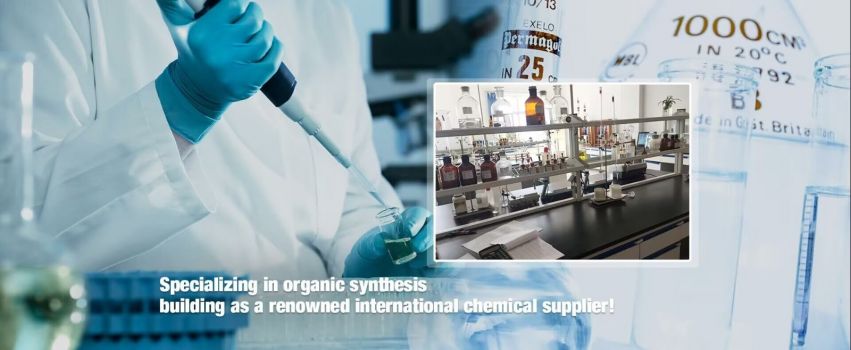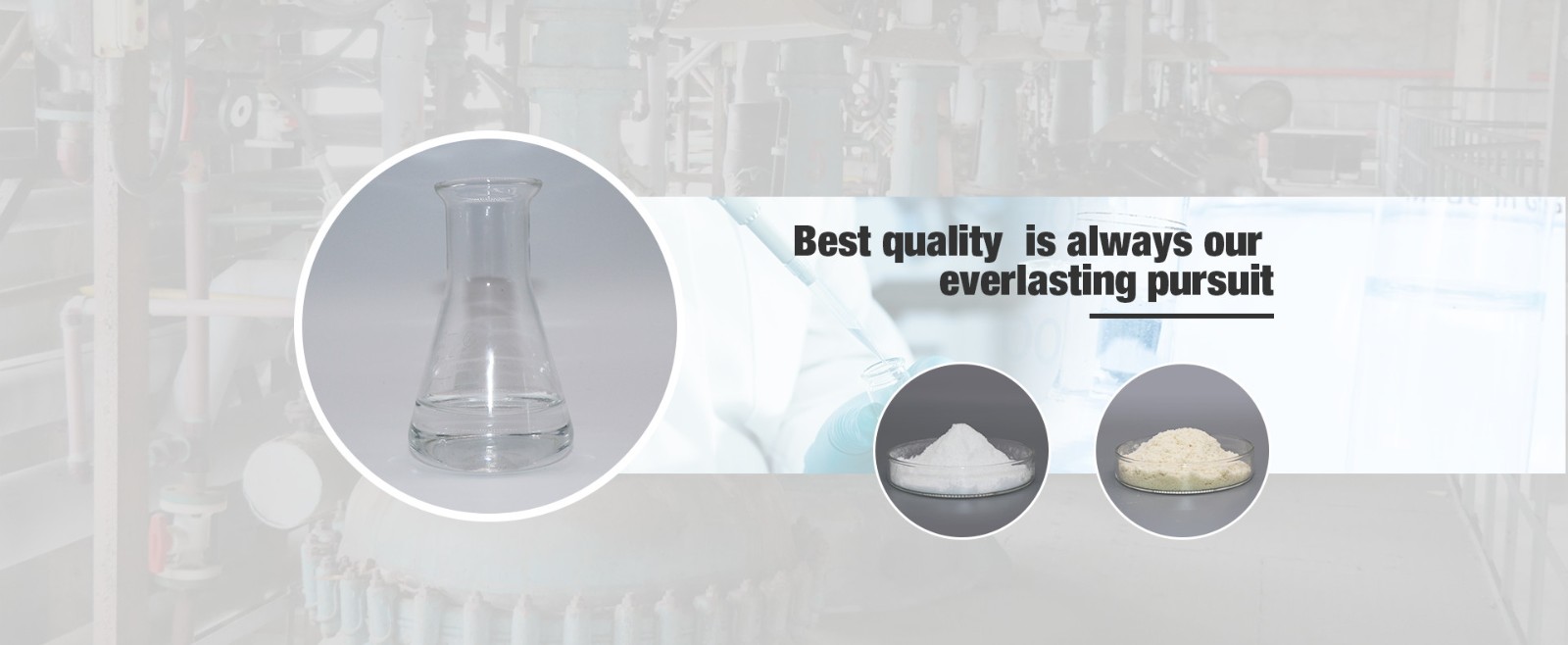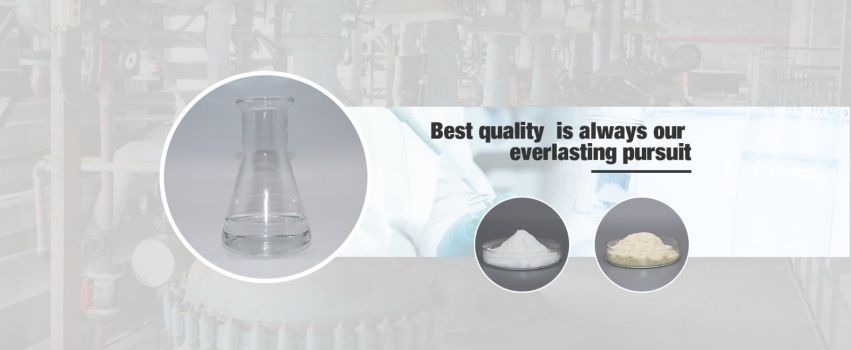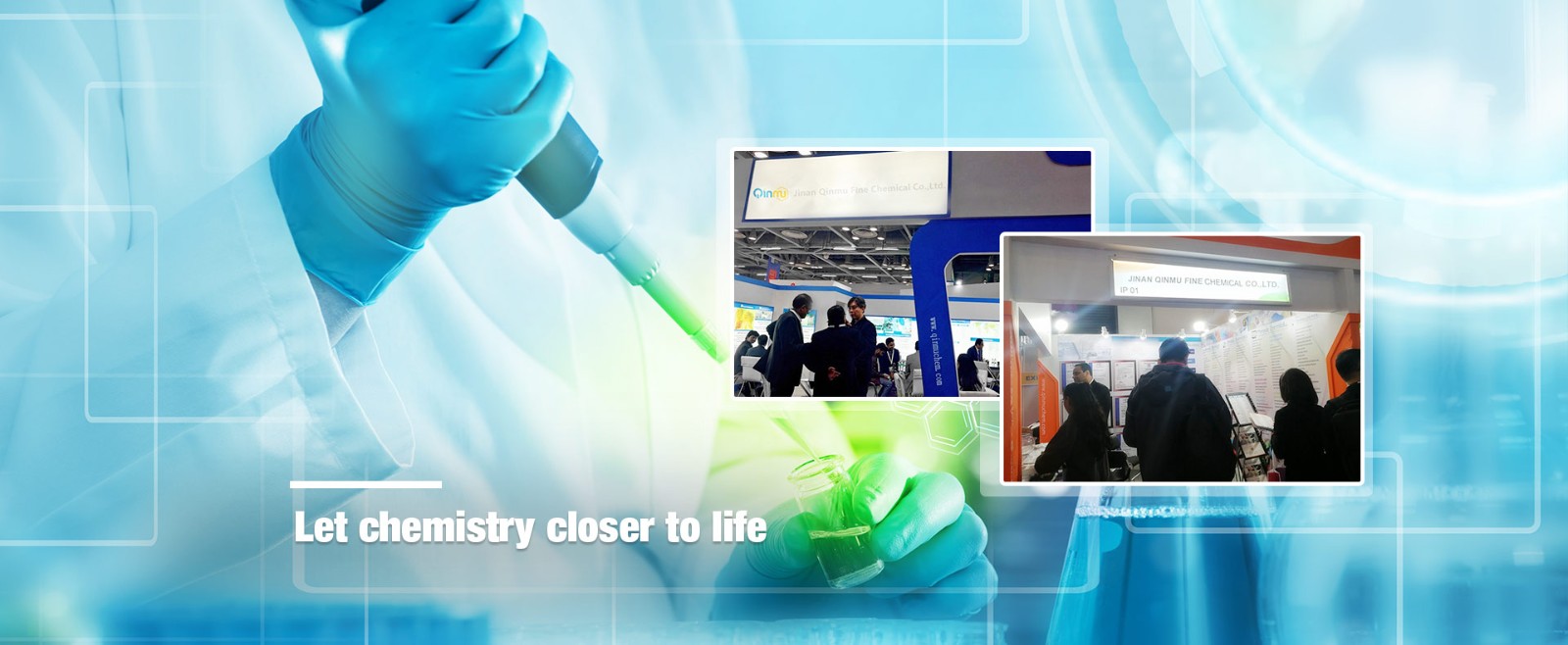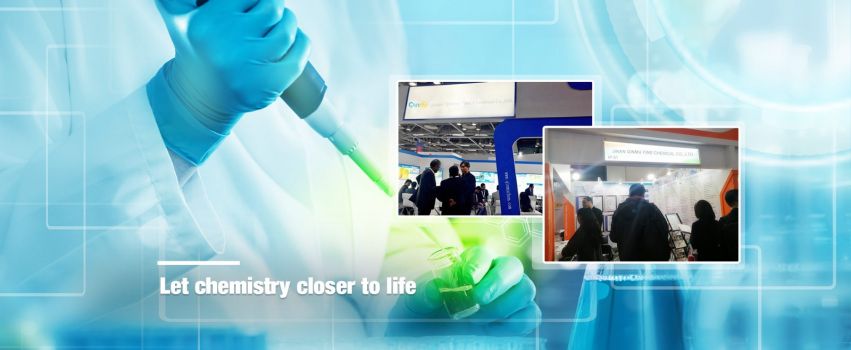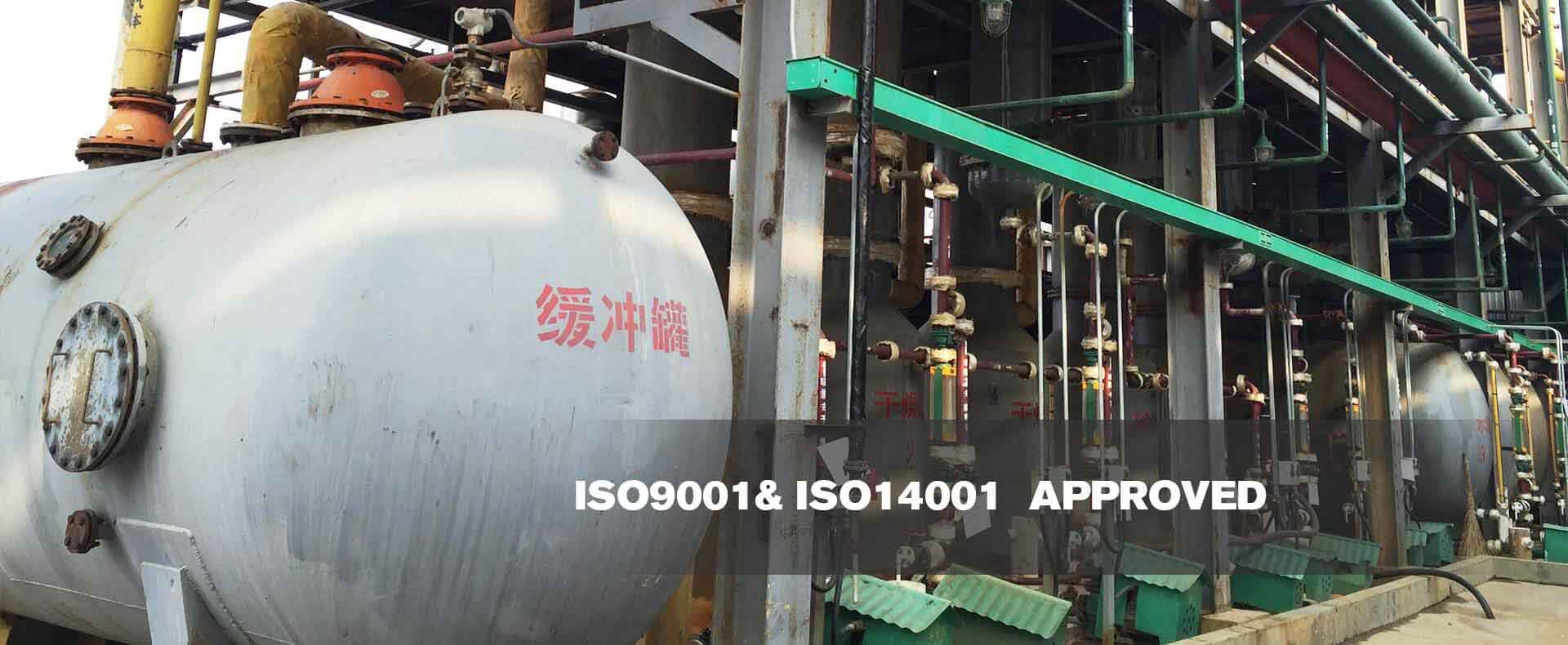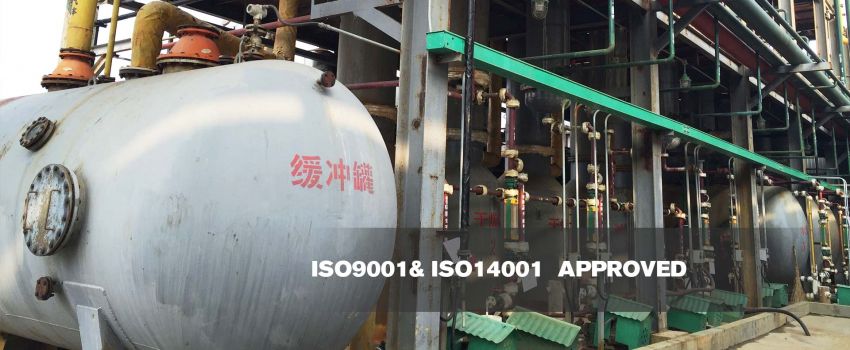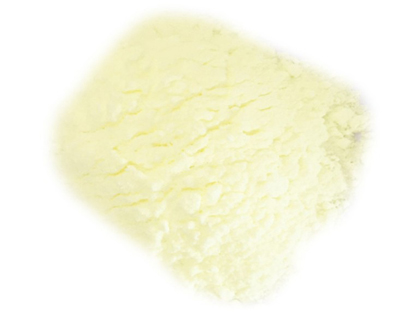How Do Photoinitiators for UV Curing Work?
May. 25, 2023
Photoinitiators are a type of chemical compound that is commonly used in ultraviolet (UV) curing applications. These compounds are capable of initiating a chemical reaction when exposed to UV light, which makes them extremely useful in a variety of industrial and manufacturing processes.
UV curing is a process in which a polymer or other material is hardened or cured using UV light. This is achieved by exposing the material to a high-intensity UV light source, which triggers a chemical reaction that causes the material to crosslink and solidify. This process is widely used in a variety of applications, including printing, coatings, adhesives, and composites.
There are several different types of photoinitiators that can be used in UV curing, each with its own unique properties and advantages. Some of the most commonly used photoinitiators include benzophenone, acetophenone, and thioxanthone. These compounds all work by absorbing energy from UV light and transferring that energy to a reactive species, which then initiates the curing process.
Irgacure 819 CAS No: 162881-26-7
The basic mechanism by which photoinitiators work involves the absorption of UV light and the subsequent generation of reactive species. This process can be broken down into several steps, as follows:
Absorption of UV light: When a photoinitiator is exposed to UV light, it absorbs the energy from the light and becomes excited.
Generation of reactive species: Once the photoinitiator is excited, it can transfer energy to another molecule or atom, which then becomes a reactive species. This reactive species is typically a free radical or a cation.
Initiation of the curing process: The reactive species then initiates the curing process by reacting with the polymer or other material to form crosslinks or other chemical bonds.
The exact mechanism by which photoinitiators generate reactive species can vary depending on the specific compound being used. However, there are several general categories of photoinitiators that are commonly used in UV curing applications. These include:
Type I photoinitiators: These photoinitiators generate free radicals when exposed to UV light. Examples include benzophenone and acetophenone.
Type II photoinitiators: These photoinitiators generate excited states of molecules that then react with other molecules to form free radicals. Examples include thioxanthone and camphorquinone.
Two-component photoinitiators: These photoinitiators consist of two separate compounds that are mixed together prior to use. One of the compounds absorbs UV light and generates a reactive species, while the other compound is a co-initiator that reacts with the reactive species to initiate the curing process.
In addition to the specific type of photoinitiator being used, several other factors can influence the effectiveness of UV curing. These include the intensity and wavelength of the UV light source, the concentration of the photoinitiator, and the presence of other chemicals or impurities in the material being cured.
Despite the many advantages of using photoinitiators for UV curing, there are also some potential drawbacks and challenges associated with their use. For example, some photoinitiators may be toxic or hazardous to handle, and the curing process may require special equipment or conditions (such as a nitrogen atmosphere) to prevent unwanted reactions or side effects. Additionally, the cost of photoinitiators can vary widely depending on the specific compound and application, which may limit their use in some situations.
In summary, photoinitiators are an essential component of many UV curing processes. These compounds work by absorbing energy from UV light and generating reactive species that initiate the curing process.
Previous: How Much Trypsin Do I Need?
Next: What Is Quercetin?
-
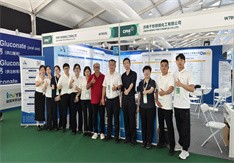
Qinmu's CPHI China 2025 Exhibition Ends Perfect
Jul. 01, 2025
-

CPHI & PMEC China (Shanghai) 2025 --- we are coming!
Mar. 14, 2025







